Many people have the impression that “Wakayama is hard to explore without a car.”
However, if you narrow down your destinations, there are several areas you can fully enjoy by train, bus, or even cable car — no car needed.
This article introduces model courses in four areas of Wakayama where you can travel comfortably even without a car.
We’ll propose flexible model itineraries for exploring these four areas—Wakayama City, Mount Koya, Shirahama, and Nachikatsuura—even over a weekend or a short 1-night-2-day trip.
Model Course: Exploring Wakayama City (Wakayama Castle / Kada / Kishigawa Line / Marina City)
From JR Wakayama Station and Nankai Wakayamashi Station—the city’s two major transport hubs—bus routes spread widely. Within a single day, you can enjoy a great mix of history, ocean scenery, local railways, and market food culture.
Transportation mainly relies on Wakayama Bus, while for local lines, the Nankai Kada Line and Wakayama Electric Railway’s Kishigawa Line are convenient.
Here’s an overview of the main sightseeing spots featured in this model course.
Strolling Around Wakayama Castle and Its Castle Town
Your journey around Wakayama City starts with Wakayama Castle. The white castle tower, massive stone walls (each section built differently depending on the era), and the surrounding greenery offer seasonal beauty throughout the year.
The Iconic Tenshukaku Tower of Wakayama Castle
From the top of the tower, you can enjoy sweeping views of the city and the Kinokawa River area.

The castle tower is considered one of Japan’s three major “interconnected-style” castles. The current structure was rebuilt in 1958 using reinforced concrete after the original burned down during the war. Its brilliant white three-tiered exterior faithfully reproduces the pre-war design.
Inside, you’ll find a variety of exhibits, including historical artifacts related to the Kishu Tokugawa clan. Since there are many stairs, it’s best to wear comfortable shoes. The outer grounds have relatively long barrier-free sections, so even without climbing the tower, a stroll around the gardens is still very enjoyable. Visiting early in the morning is recommended to avoid crowds.

Admission fees apply only for entering the castle tower area—other parts of the castle grounds can be enjoyed for free.
- Adults: ¥410
- Children: ¥200 (elementary & junior high school students)
- Preschoolers: Free
Hours: 9:00 AM – 5:30 PM (last admission 5:00 PM)
Closed: December 29–31
Other Highlights Inside the Castle Grounds
Just below the main tower lies the Momijidani Garden, a traditional stroll-style garden with a teahouse—perfect for taking a relaxing break during your visit.

On the southern side, there’s the free “Wakayama Castle Park Zoo,” home to goats, deer, penguins, and more—some animals even offer feeding experiences.
The scenery changes beautifully with the seasons—cherry blossoms in spring and vivid autumn leaves in fall make these the best times for a stroll.
Various events are also held in Sandanomaru Square and Nishinomaru Plaza throughout the year.
How to Get to Wakayama Castle
From JR Wakayama Station or Nankai Wakayamashi Station, take a Wakayama Bus for about 5–10 minutes (get off at “Koen-mae” or “Shiyakusho-mae”).
If you prefer walking, Nankai Wakayamashi Station is about 1 km away—roughly a 15-minute walk.
After your morning stroll, why not enjoy a bowl of Wakayama ramen for lunch?
Recommended Hotels Nearby
- Directly connected to Wakayamashi Station
- Signature rooftop open-air sky spa
- Children 5 and under stay free (shared bed)
- Right in front of Wakayama Castle
- Close to downtown/nightlife
- Children (elementary school age & under) stay free (shared bed)
- Short walk from Wakayama Station
- Large public bath available
- Children (elementary school age & under) stay free (shared bed)
A Retro Fishing Port & the Enigmatic “Tomogashima” Islands
Kada is a port town loved for its retro shopping street and ocean views. Traditional shops line the gentle downhill road from the station, and you’ll find many eateries serving dishes made with Kada sea bream.
Boats for Tomogashima (Okinoshima) depart from Kada Port.
What is Tomogashima?
Tomogashima is a group of uninhabited islands floating in the Kitan Strait off Kada, Wakayama City. It consists of four islands—Jinoshima, Kamishima, Okinoshima, and Torajima—known for beautiful nature and historical ruins.

The islands once served as a fortress of the former Japanese military. In 1890 (Meiji 23), modern batteries were installed to guard the Kitan Strait. Civilian access was restricted until after World War II, but today the islands are open to visitors.
Popular sights include the red-brick ruins of former gun batteries and panoramic views of the strait from the observatory.
Why Tomogashima is So Popular
The striking contrast between nature and ruins gives it a unique, “Ghibli-like” atmosphere. It also became widely known as the model setting for the manga/anime Summer Time Rendering, drawing many fans.

Amid lush nature, the ruined batteries and historic structures blend into the landscape, creating a singular experience. Many species of plants and animals inhabit the islands, making them great for nature observation.
If you’re a confident hiker, you can enjoy a 2–3 hour hike around the island.
How to Get to Tomogashima

- Take the Nankai Kada Line (from Nankai Wakayamashi Station) to Kada Station: about 22–25 minutes
- It’s about a 15-minute walk from Kada Station to Kada Port.
- Board the Tomogashima Ferry to the islands.
On the island you’ll find both paved and unpaved paths. There are also vending machines and a small shop/café.
On your way back, enjoy local seafood around the port—such as sea bream rice, whole-grilled sea bream, and whitebait bowls. Note that late-afternoon boats can fill up or be canceled due to conditions. If you miss the last boat, you’ll have no choice but to stay overnight outdoors.
To be safe, plan your outbound and return ferry times together so you’re sure to catch the last boat back.
Recommended Hotels & Inns Around the Area
- Stunning hilltop views over Kada
- Attractive infinity open-air bath
- Seafood specialties featuring sea bream
- A traditional ryokan with over 200 years of history
- Fresh local seafood
- Hot springs with beautiful sunset views
The Kishigawa Line: Famous for Its Cat Stationmaster & Scenic Stops
The Wakayama Electric Railway’s Kishigawa Line (Wakayama Station – Kishi Station) is a beloved local line known for its themed trains and a feline stationmaster. In particular, Kishi Station’s “Stationmaster Tama” made it famous nationwide.
Trains include the Tama Train, Strawberry Train, Umeboshi Train, Tama Museum Train, and Chuggington Train—each with its own charm. It’s directly connected from JR Wakayama Station, with a smooth transfer; Wakayama to Kishi takes about 35 minutes.

Along the line you’ll pass through rural scenery dotted with small shrines and farms, and depending on the season you can enjoy activities like strawberry picking.
Even if you’re not a train buff, riding different themed trains on the way out and back keeps the trip fresh. At the terminal Kishi Station, don’t miss the on-site Tama Café and original merchandise.
Trains run about every 30–40 minutes, so check both outbound and return times first. Combine the line with Wakayama Castle or Marina City for an efficient one-day itinerary.
For a deeper guide, check this article ↓
Recommended Hotels & Inns Around the Area
Wakayama Marina City: Kuroshio Market & Porto Europe
Wakayama Marina City is a seaside resort area centered around Kuroshio Market and Porto Europe.

At Kuroshio Market, feast on sushi, seafood rice bowls, and beachside grills. Tuna-cutting shows are held at varying times, so check the day’s schedule beforehand to avoid missing it.

Porto Europe features Mediterranean-style streets that are perfect for photos. It’s also a popular filming location for movies and TV dramas. Events and illuminations vary by season, so it’s best to confirm the latest information in advance.
How to Get to Marina City
- By Bus
-
From JR Wakayama Station or Nankai Wakayamashi Station, take a bus bound for “Marina City.”
About 30 minutes / ¥520 one-wayFrom JR Kainan Station, take a bus bound for “Marina City.”
About 15 minutes / ¥250 one-way - By Car
-
About 10 minutes from the Hanwa Expressway “Kainan IC” or “Kainan-higashi IC.” After exiting, follow National Route 42.
Wakayama Marina City has parking for about 3,500 cars; the daily rate is ¥1,500.
Recommended Hotels & Inns Around the Area
- Resort hotel located inside Marina City
- Excellent breakfast featuring local Wakayama ingredients
Model Itinerary: Visiting Koyasan (UNESCO World Heritage)
Koyasan is a mountaintop religious town at about 900 m elevation and the sacred center of Shingon Buddhism.

Beyond the must-sees—Okunoin, Kongobu-ji, and the Danjo Garan—you can also stay at a 宿坊 (temple lodging), join the morning service, and try sutra copying—time for prayer included.
With the Nankai Koya Line + the cable car + local buses, it’s easy to get around without a car.
The Classic Circuit: Okunoin, Kongobu-ji & Danjo Garan

金剛峯寺 (Kongobu-ji) is the head temple of the Shingon school. Take your time with the Banryutei rock garden, sliding-door paintings, and refined architectural details.
At the 壇上伽藍 (Danjo Garan), the Konpon Daito pagoda and the Kondo (Main Hall) stand in neat harmony. The vivid colors inside the Great Pagoda symbolize the twin mandalas—the Womb Realm and the Diamond Realm—and are breathtaking.
奥之院 (Okunoin) is the approach to the mausoleum of 弘法大師・空海 (Kobo Daishi Kukai). Lined with giant cedars and mossy stone stupas, the tranquil path feels especially solemn at dawn and dusk.
Beyond the Gobyo-bashi bridge, some zones require care with photography. Please follow on-site signs.

The Okunoin Night Tour, guided by Koyasan monks as they walk the grounds after dark, is very popular.
The three sites are easy to connect by Rinkan Bus. You can also walk, but for time management we recommend combining buses.
Suggested flow: morning at Danjo Garan → Kongobu-ji, then Okunoin in the afternoon to fully savor its quiet.
Dress with the setting in mind

Many temple areas aren’t paved, so wear comfortable walking shoes. Being on a mountaintop, it feels cooler than the city (often 5–6°C lower), and cold snaps do happen. Even in summer, bring a light layer; in winter, expect snow.
All of Koyasan town lies within the precincts of Kongobu-ji—a Buddhist sacred city—so please avoid flashy attire.
▼ Reference
- Koyasan Guide Map (Koya Town website)
How to Get There: Cable Car & Easy Walks
The Nankai Koya Line is the most convenient way to reach Koyasan.

The classic route is: Namba → (Nankai Koya Line / Limited Express or Express) → Gokurakubashi → (Koyasan Cable, about 5 min) → Koyasan Station → (Rinkan Bus). Travel time from Namba to Koyasan Station is roughly 1 hr 40 min with a Limited Express.
At Gokurakubashi, some transfer paths to the cable car include stairs. If you have a stroller or large luggage, allow extra time.
Rinkan Bus routes split between Koyasan Station → Senjuin-bashi → Kongobu-ji → Okunoin, efficiently linking key sights. IC transit cards are accepted, but you can’t top up on board—carry cash and coins just in case.
Expect stone paving and gentle slopes on foot. Wear shoes with good grip, and check the last bus time in advance so you don’t rush back from Okunoin.

Koyasan’s Charms: Temple Lodgings & Shojin Cuisine
Stay in a 宿坊 (temple lodging) to experience morning service, seated meditation, and sutra copying. The vegetarian 精進料理 (shojin cuisine)—without meat or fish—spotlights the natural flavor of ingredients and delicate broths, and makes for a memorable meal.

A classic flow is: arrive and tour Danjo Garan & Kongobu-ji → spend a quiet evening at your lodging → feel the atmosphere of the morning service the next day.
Visiting Okunoin on the Okunoin Night Tour gives you unique monk-led insights and an ambience you won’t find elsewhere.
Please follow each lodging’s rules on curfew, bath hours, and photography. From autumn through winter, layer up—it gets cold.
If you visit Okunoin after check-out, you can enjoy the crisp morning air and quiet path, then head down while public transport runs more frequently.
Recommended Inns & Temple Lodgings Nearby
- The only temple lodging in Koyasan with a natural hot spring
- Three distinctive gardens with beautiful views
- Central Koyasan location
- All dishes are handmade shojin cuisine
1-Night, 2-Day Model Itinerary for Nanki-Shirahama
In one compact area you can enjoy the classics of “Sea × Hot Springs × Entertainment”—the white sands of Shirarahama Beach, Adventure World (zoo + aquarium + amusement park), and Sakinoyu with its oceanfront open-air baths.
It’s easy to get around without a car using trains (JR Limited Express Kuroshio), flights (JAL from Haneda), and local buses (Meiko Bus, etc.).
Seafood Lunch at Toretore Market
Toretore Market is one of the largest seafood markets in western Japan. Operated by the local Katata Fisheries Cooperative, it’s known for an outstanding selection of ultra-fresh seafood.

Seasonal catch and specialty products come not only from Wakayama but from all over Japan. It’s especially famous for fresh tuna, with tuna-carving shows held on site.
There’s a BBQ corner where you can grill seafood you just bought. Dining areas like “Toretore Yokocho” also serve rice bowls, sashimi, and sushi.
Beyond seafood, there’s a wide range of Wakayama souvenirs and local specialties, too.
It sits within the “Toretore Park” resort complex, with nearby hotels and hot springs—no wonder it’s a popular sightseeing stop.
With Kids: Shirahama Aquarium & Energy Land
Both the Kyoto University Shirahama Aquarium and Shirahama Energy Land are local favorites in Shirahama, each with its own personality.
Kyoto University Shirahama Aquarium
Affiliated with Kyoto University’s Seto Marine Biological Laboratory, this aquarium is known for academic, research-driven exhibits.

Its invertebrate collection is said to be among the best in Japan. Exhibits focus on species from the local seas—corals, shrimp, crabs, starfish, sea urchins, and more—appealing to those who enjoy detailed, academic displays.
No flashy shows here, but they sometimes offer researcher-led tours (irregular), making it a calm place to learn at your own pace.
It’s a compact aquarium—about an hour is enough for a full look.
- Admission
-
- Adults: ¥600 (high school and up)
- Children: ¥200 (elementary & junior high)
Shirahama Energy Land

Shirahama Energy Land is a hands-on theme park built around the theme of “People and Energy,” where you learn through play.
There are plenty of immersive attractions for all ages, though it’s especially perfect for elementary school kids.
Highlights include the balance-bending “Mystery Zone” and the “Trick Art House.” You’ll also find dynamic 3D films and exhibits about natural energy.
Dinosaur-themed attractions and an outdoor athletic area (“Energetic Forest”) round things out.
- Admission
-
- Adults: ¥2,400 (high school and up)
- Seniors: ¥2,000 (65+)
- Children: ¥1,500 (elementary & junior high)
- Preschoolers: ¥600 (ages 3+)
For a Grown-Up, Photo-Perfect Walk: Senjojiki & Sandanbeki
Senjojiki and Sandanbeki are fantastic for photo-friendly, adult-focused strolls. The dramatic rock formations and sweeping views of the Pacific make for unforgettable shots.
Senjojiki
Think “natural art” and stunning sunsets. Carved by waves over ages, the wide, white rock slabs of Senjojiki look like giant stone tatami—nature’s artwork.

The unique white-rock scenery is photogenic from every angle.
Sunset—selected as one of the “100 Best Sunrise & Sunset Views of Wakayama”—is especially recommended. The sun sinking into the Pacific and the orange glow on the rocks make for striking, almost otherworldly images.
Nearby, “Kaisenya Senjo” offers meals with grand views, and “Akane / Senjo Chaya” is great for souvenirs and a relaxed break.
Sandanbeki
Clifftop drama and sea caves. South of Senjojiki, Sandanbeki features sheer 50 m cliffs stretching for about 2 km—seriously impressive scenery.
From the observation deck you’ll see the full panorama—towering cliffs and waves exploding below. Walk the paths out toward the cliff edge for another thrilling perspective.
It’s also designated a “Lovers’ Sanctuary,” with a heart monument and pink mailbox near the deck—cute photo spots for couples.
Grab a takeout drink from “Gake cafe” and enjoy a slow, sea-view moment.
On the way from the parking area to Sandanbeki, “Sandan Street” is fun for snacking—try grilled squid or turban shell (sazae) cooked in the shell.
Sunset Views: Shirarahama Beach & Engetsu Island
Shirarahama’s silky white sand and gentle crescent shape are iconic. Even outside summer swimming season, it’s ideal for morning walks and sunset photos. The route is simple—station → Shirarahama → bus to Engetsu Island—and if you finish with a soak at Sakinoyu, you’ll wrap the day with the perfect “Sea → Sunset → Hot Spring” arc.

Engetsu Island is a small islet with a circular sea cave in the center. The moment when the sun lines up with the hole at sunset is especially popular. On clear, calm days the light stretches over mirror-like water for painterly shots.
Coastal winds can be strong—bring a light windbreaker. Flip-flops are slippery on stone paths and rocks, so pack proper walking shoes, too.
Shirahama Onsen: One of Japan’s Three Ancient Hot Springs

After sunset, head to the hot-spring town. Open-air baths that visually melt into the sea—like Sakinoyu—offer a uniquely Shirahama sense of freedom.
Combine the public bath stamp rally with a Meiko Bus free pass to keep costs down while hopping between multiple baths.
Day 2: All-in-One Fun at Adventure World
Adventure World combines a zoo, aquarium, and amusement park in one. It has been one of Japan’s leading facilities for panda care.

In Safari World you can view lions, giraffes, rhinos, and more by bus, cart, or on foot.
The music-synced dolphin show delivers a uniquely moving experience.
Lesser-known fact: it keeps the largest number of penguins in Japan, backed by top-class husbandry. Emperor penguins can be seen only here and at Nagoya Port Aquarium in Japan.
Getting to Shirahama by Limited Express or Plane
- By Train
-
JR Limited Express “Kuroshio”: Shin-Osaka → Shirahama about 2 h 30–40 min / Tennoji → Shirahama about 2 h 10–20 min.
- By Air
-
Haneda → Nanki-Shirahama Airport takes around 1 h 10 min on JAL. From the airport to Adventure World / Shirarahama, local buses are standard—about 10–20 minutes.
If you plan your flight-to-bus connection, you can hit Adventure World → Shirarahama → hot spring all on arrival day.
- Getting Around Shirahama
-
Meiko Bus runs frequent routes from Shirahama Station to major sights, including Shirarahama, Engetsu Island, and Adventure World. 1–3 day free passes are available.
Pass Type Adult Child 1-Day Free Pass ¥1,100 ¥550 2-Day Free Pass ¥1,600 ¥800 3-Day Free Pass ¥1,900 ¥950 
Recommended Hotels & Ryokan
- Endless ocean views right in front
- Mixed open-air bath with ocean panorama & private open-air baths
- Luxurious free-flowing hot springs
- 30 seconds on foot to Shirarahama Beach
- Creative kaiseki that showcases seasonal seafood
- Luxuriate in scenic open-air baths
- A lavish, museum-like hotel
- Palace-style resort with ocean-view suites
Model Itinerary: Nachikatsuura & the Kumano Kodo
Katsuura’s strength is that you can cover the “Kumano highlights”—Kumano Nachi Taisha / Seiganto-ji / Nachi Falls—and still enjoy port-town eats like fresh, never-frozen tuna.
The basic flow is JR Kii-Katsuura Station → Kumano Gobo Nankai Bus. Even without a car you can take in sacred landscapes, a towering waterfall, and the ancient pilgrimage trail all in one go.
The Big Three: Kumano Nachi Taisha, Seiganto-ji & Nachi Falls
Nachi Falls is Japan’s tallest single-drop waterfall at 133 m. The roar and mist are overwhelming—and the shot of Seiganto-ji’s vermilion three-story pagoda with the falls behind it is an iconic Wakayama photo.

Kumano Nachi Taisha enshrines the deity of Mount Nachi, while Seiganto-ji—Temple No. 1 of the Saigoku 33 Kannon Pilgrimage—has long been a center of deep devotion.
They’re clustered together on Mount Nachi, so a single bus ride from central Nachikatsuura gets you right there.
If you’re driving, it’s fairly easy to combine all three grand shrines of Kumano—Kumano Hongu Taisha, Kumano Hayatama Taisha, and Kumano Nachi Taisha—for a Kumano Sanzan road trip.
When heading to Kumano Nachi Taisha, ride the bus to Daimon-zaka and hike up from there. Daimon-zaka is a highlight of the Kumano Kodo Nachi pilgrimage route: pass the twin “Meoto-sugi” cedars and climb just under 2 km of stone paving toward Mount Nachi.

Allow 40–60 minutes; bring plenty of water in warmer seasons. If downhill is tough on your knees, consider hiking up only and taking the bus back down.
Local buses link key points—Daimon-zaka parking area / Nachi Waterfall stop / Mount Nachi—and return to the rail hub at Kii-Katsuura Station.

Service isn’t as frequent as in big cities, so plan your outbound bus → hike → return bus first and allocate your time around that. On rainy days the stones get slick—wear light trekking shoes and pack a compact umbrella or thin rain layer. Long pants also help with leeches and bugs.
Katsuura Eats: Tuna, Tuna, Tuna
Nachikatsuura is also a fishing port famed for fresh, never-frozen tuna—among the highest landing volumes in Japan.

The port is within walking distance from Kii-Katsuura Station, and the area around the station is packed with tuna spots—marinated cuts, sashimi, collar, and other rare parts.
Market days and hours vary, so switch your plan—lunch-focused or dinner-focused—depending on the day of the week.
▼ Official Site
Cruising “Ki no Matsushima”

“Ki no Matsushima” is the collective name for some 130 islands and striking rock formations scattered around Katsuura Bay. Over roughly 17 km of coastline, you’ll find some of Wakayama’s finest sea scenery, sculpted by nature.
It’s named after Miyagi Prefecture’s Matsushima—one of Japan’s Three Scenic Views—because the scenery here rivals its beauty.
Sightseeing boats such as the “Kujira-go” depart from the tourist pier at Katsuura Port for the Ki no Matsushima Cruise.
You can choose between a dolphin-spotting course and a route that focuses on scenic highlights.
Recommended Hotels & Ryokan
- On-site hot-spring hopping across five baths, including the natural sea caves “Genbudo” and “Bokido.”
- A hot-spring resort fun for all ages
- Part of the Ooedo-Onsen group
- A luxury ryokan occupying its very own island in Katsuura Bay
- Access by private shuttle boat
- One-of-a-kind open-air baths overlooking the Pacific
Getting Around Wakayama Prefecture
From Tokyo, flying is convenient; from Osaka, trains are the easiest.

- Wakayama City
-
- About 1 h 10 min by Limited Express Kuroshio from Shin-Osaka
- About 50 min from Kansai Airport by Nankai or JR
- Mount Koya (Koyasan)
-
- Just over 2 hours from Nankai Namba on the Koya Line
- Shirahama
-
- About 1 h 30 min by Limited Express Kuroshio from JR Wakayama Station
- About a 1-hour flight from Haneda
- Nachikatsuura
-
- About 1 h 30 min from JR Shirahama to Kii-Katsuura by Limited Express Kuroshio
- About 3 h 30 min from JR Nagoya by Limited Express Nanki
Summary
Even without a car, combine JR, Nankai, local buses, the cable car, ferries, and flights to fully enjoy Wakayama’s four main areas below.
It all comes down to frequency and flow: make realistic time estimates, use value passes, and leave breathing room for walks—those choices boost your trip satisfaction.
Timetables, fares, events, and temporary closures can change. Please confirm on official sites before you go—especially boats to Tomogashima, Adventure World’s programs, and Marina City events, which are more likely to change on the day.
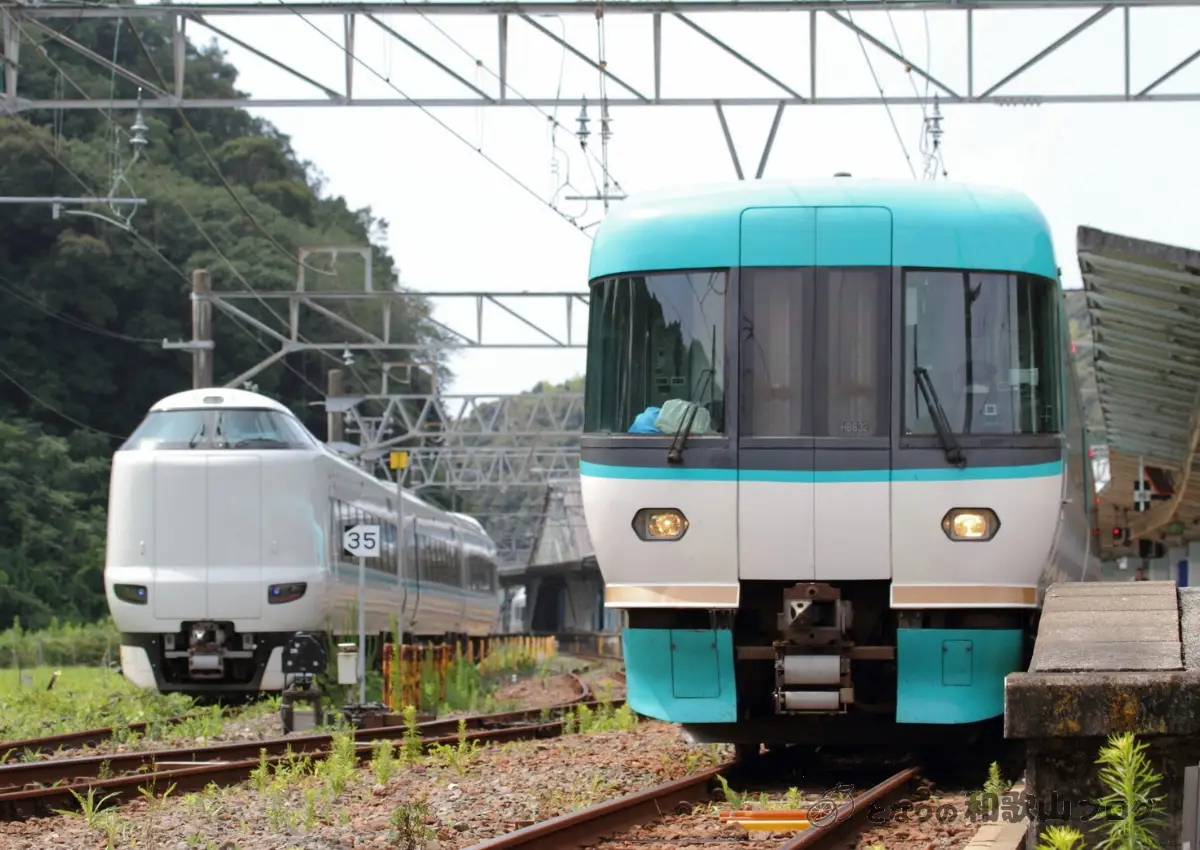
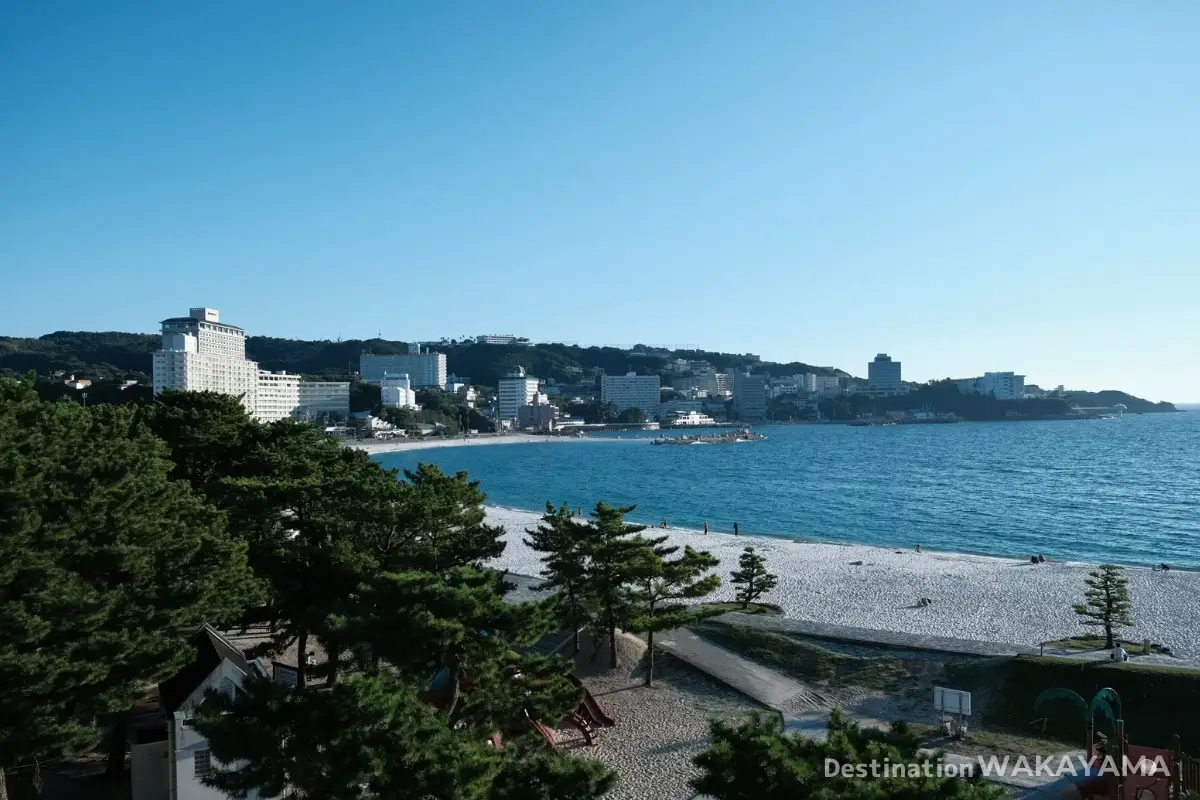
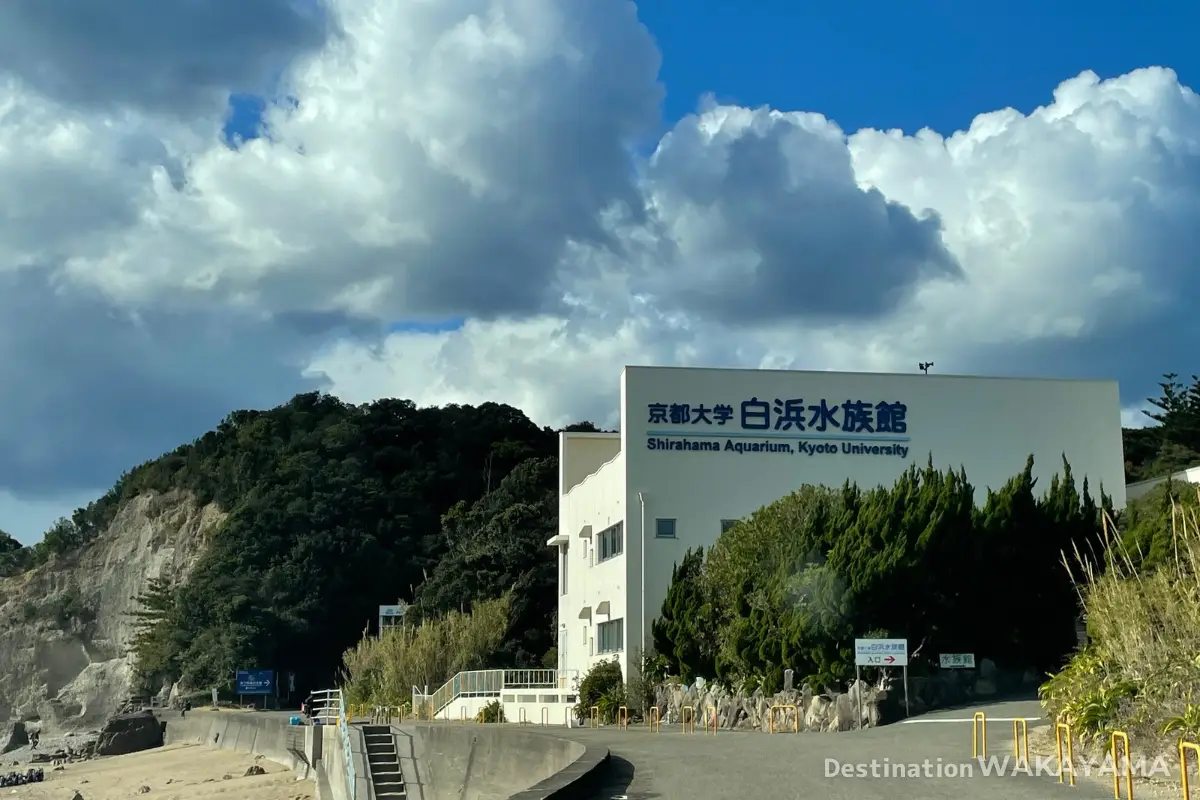

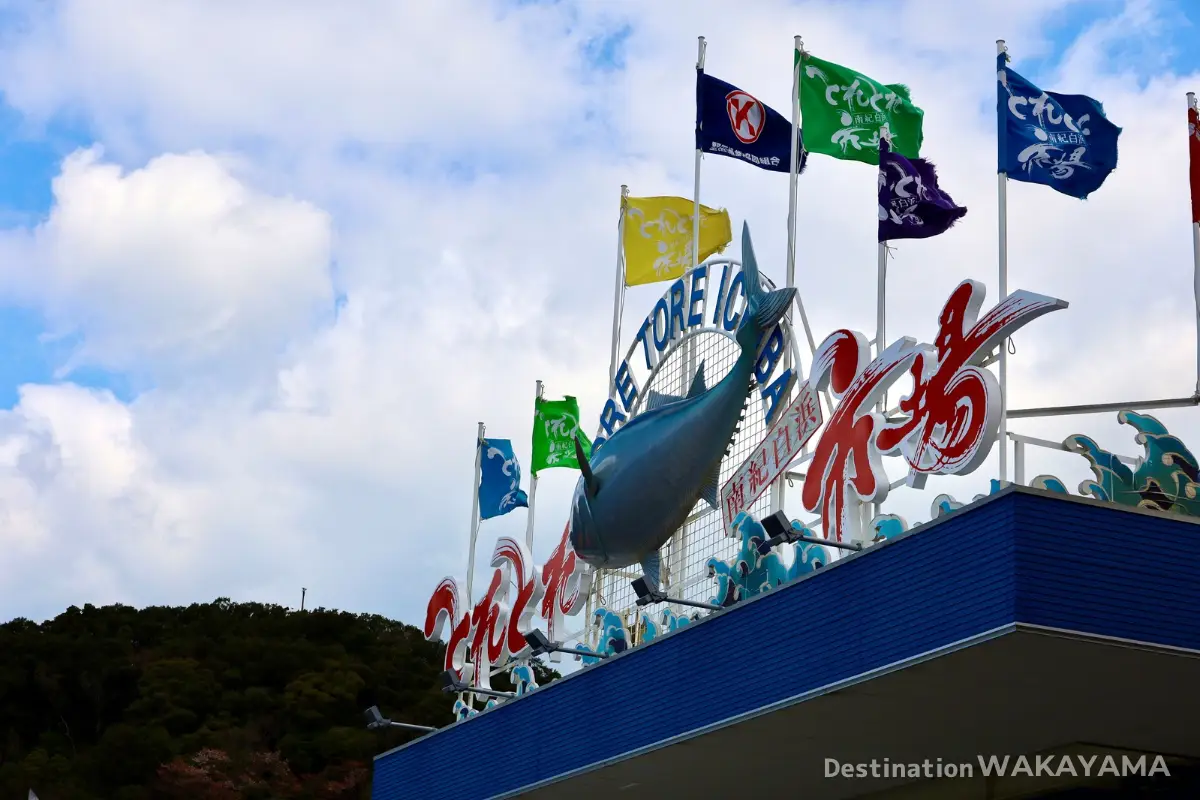

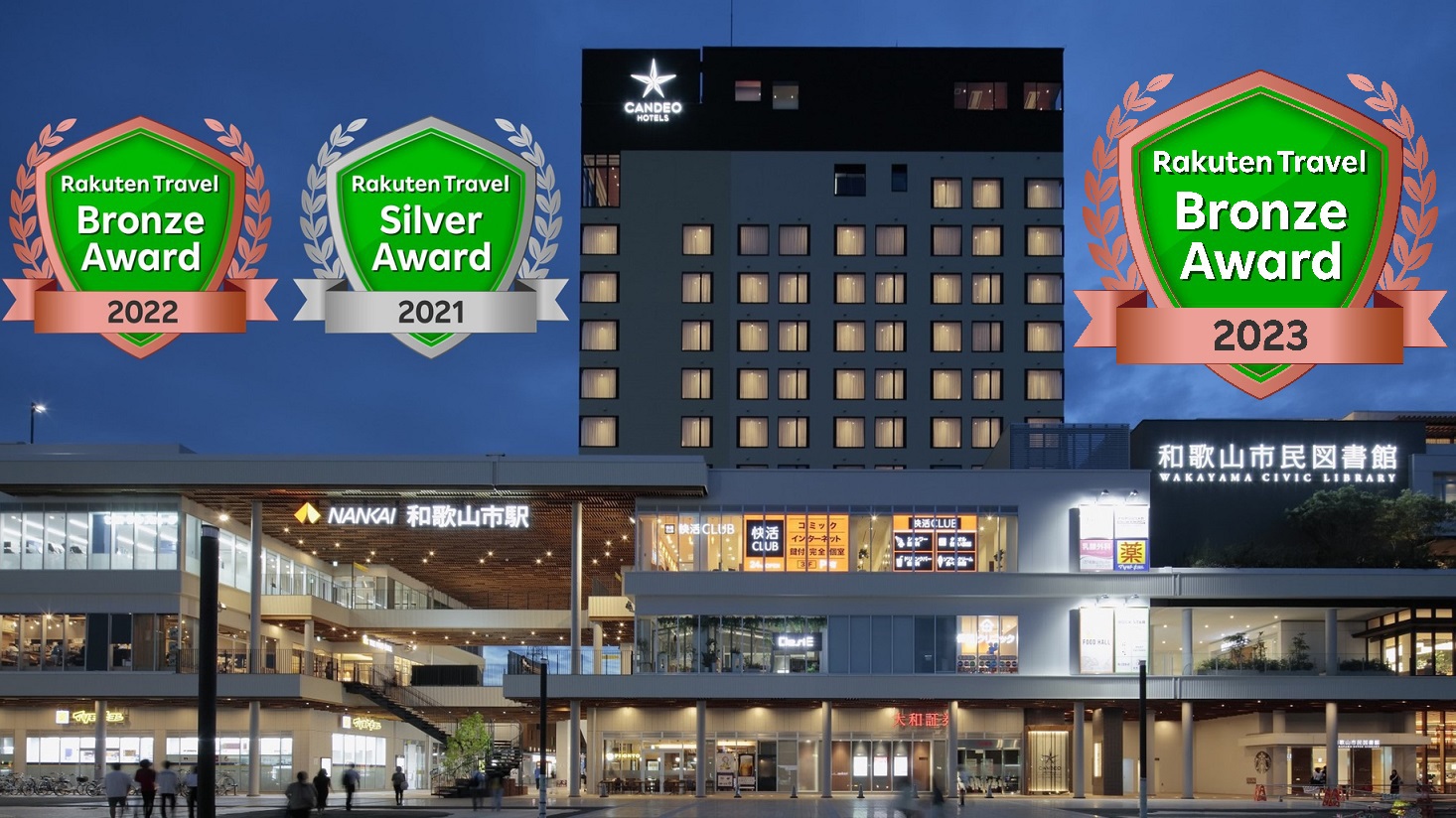
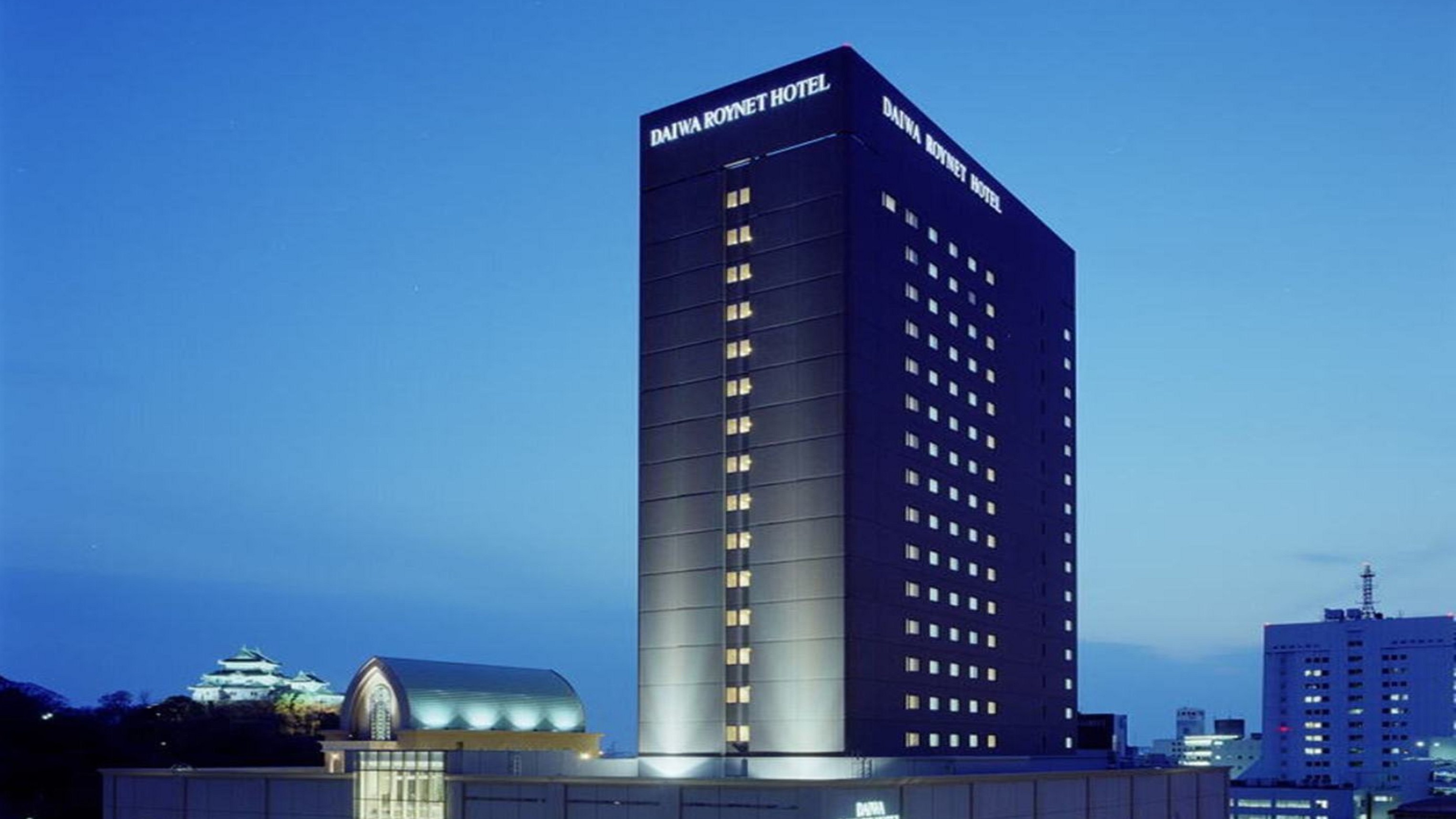
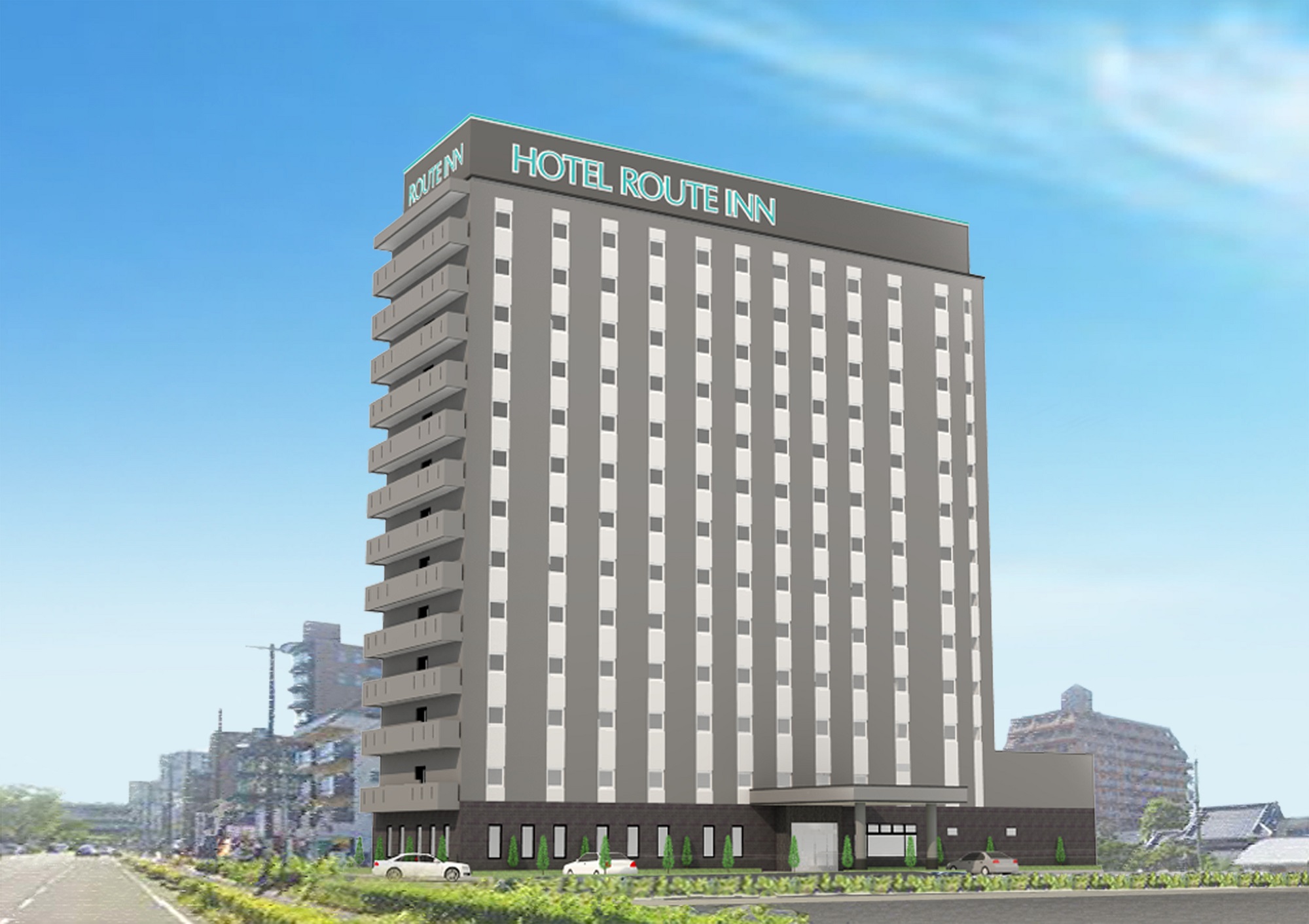
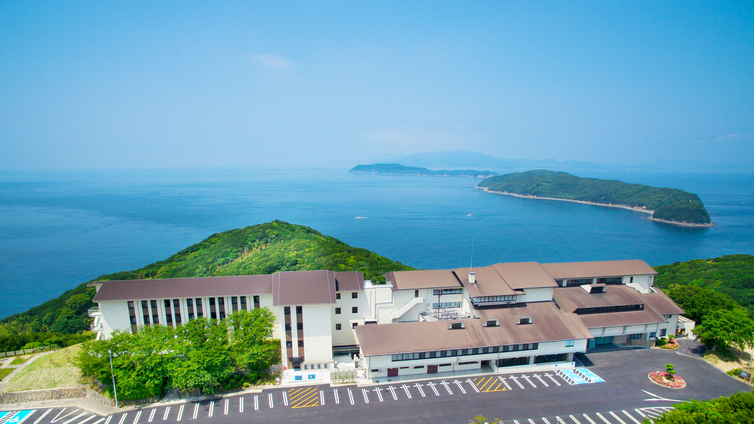
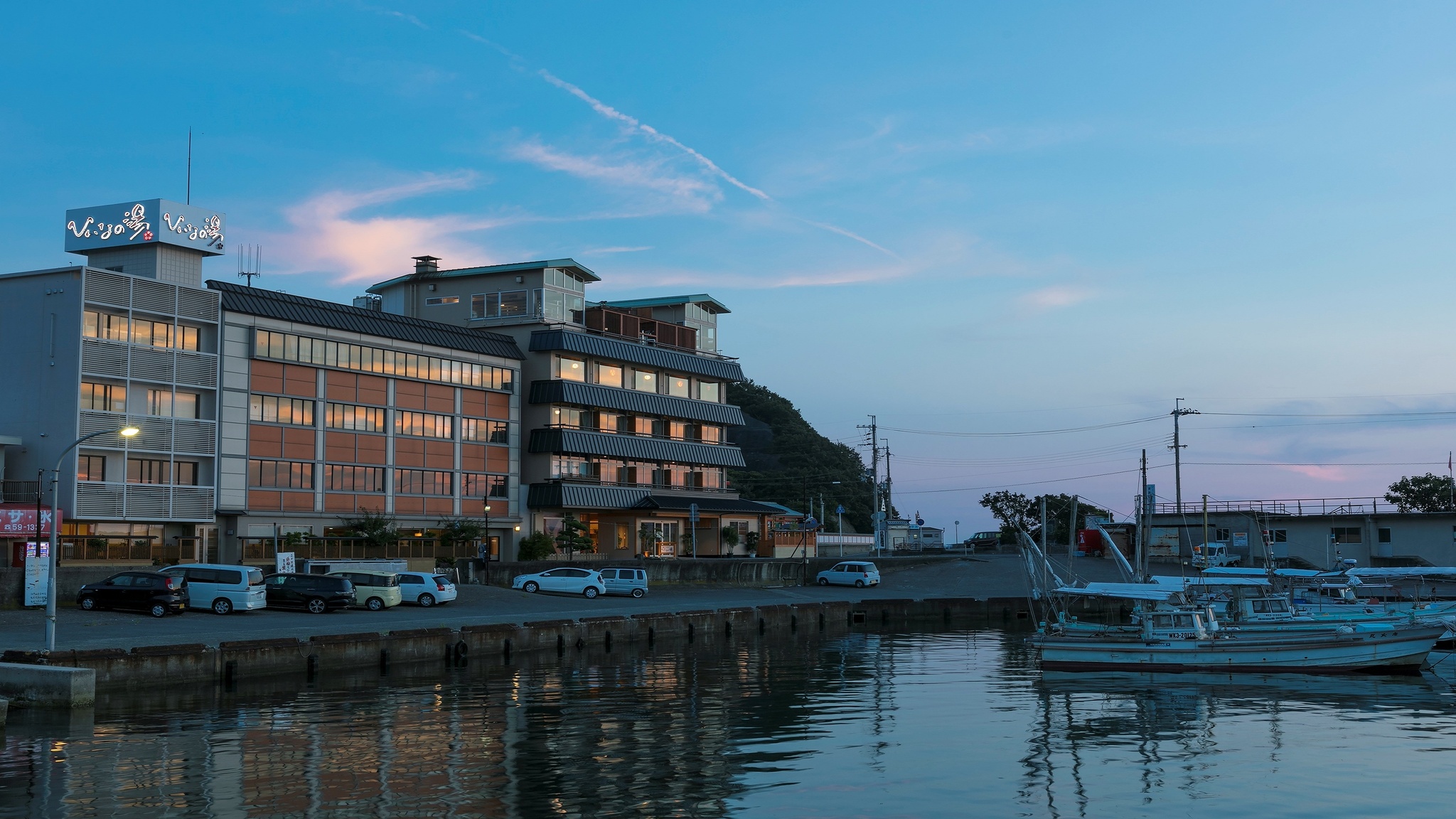

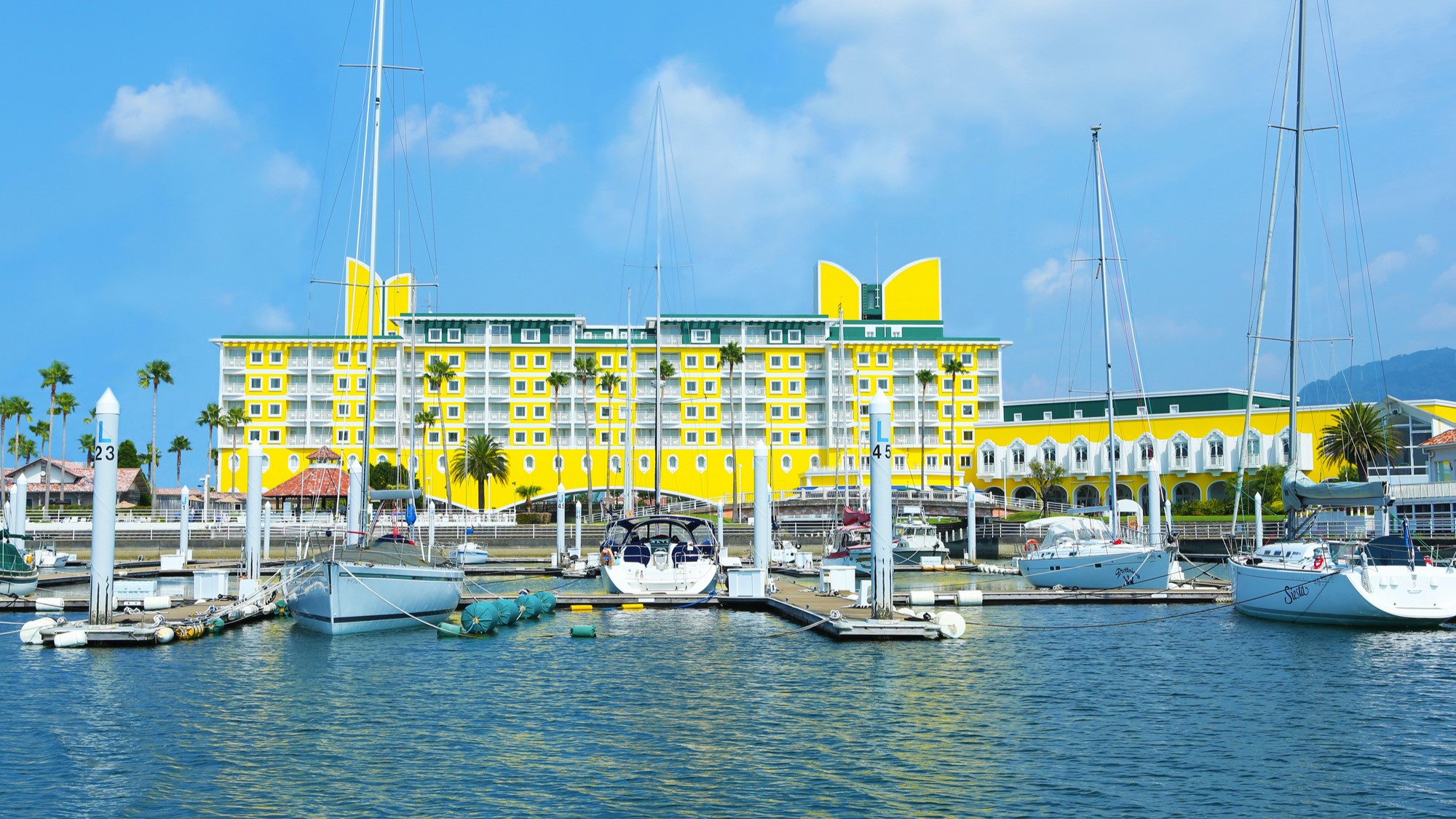
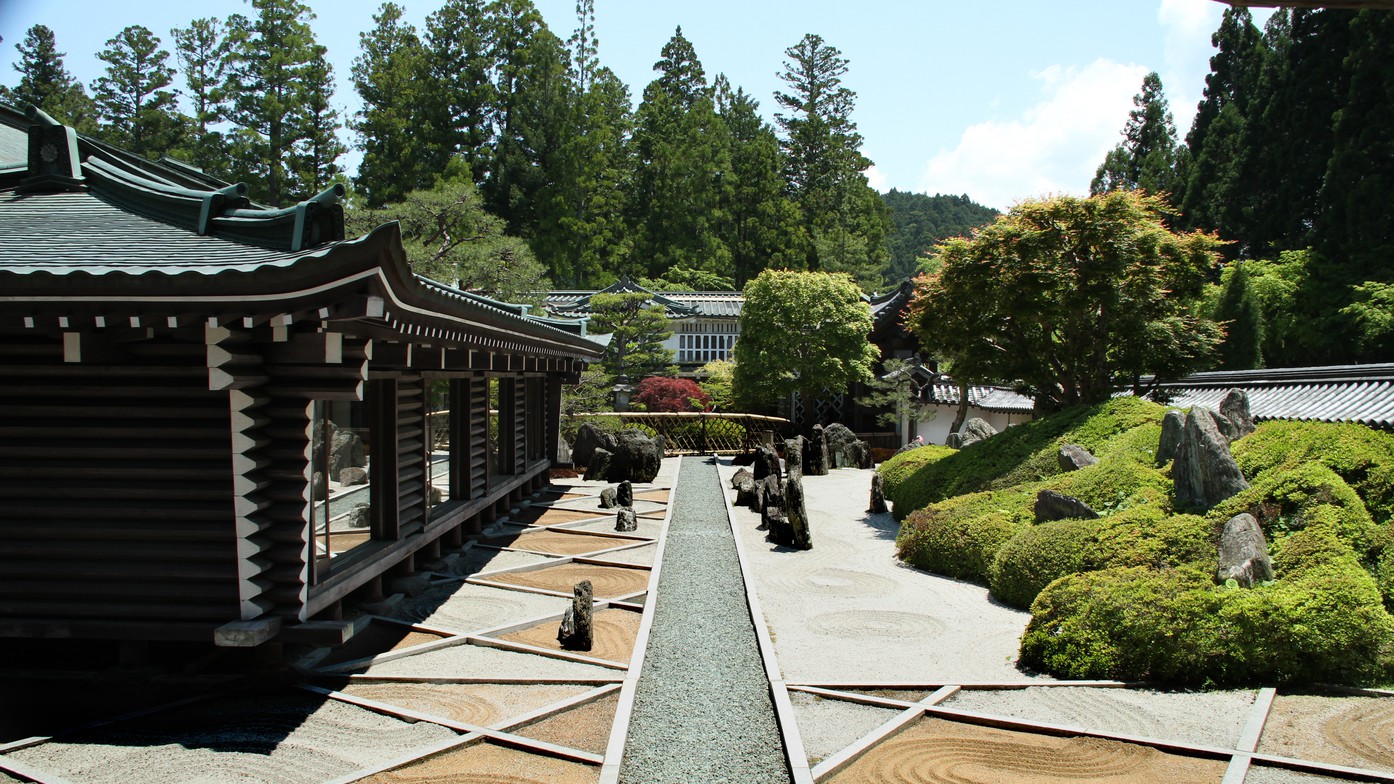
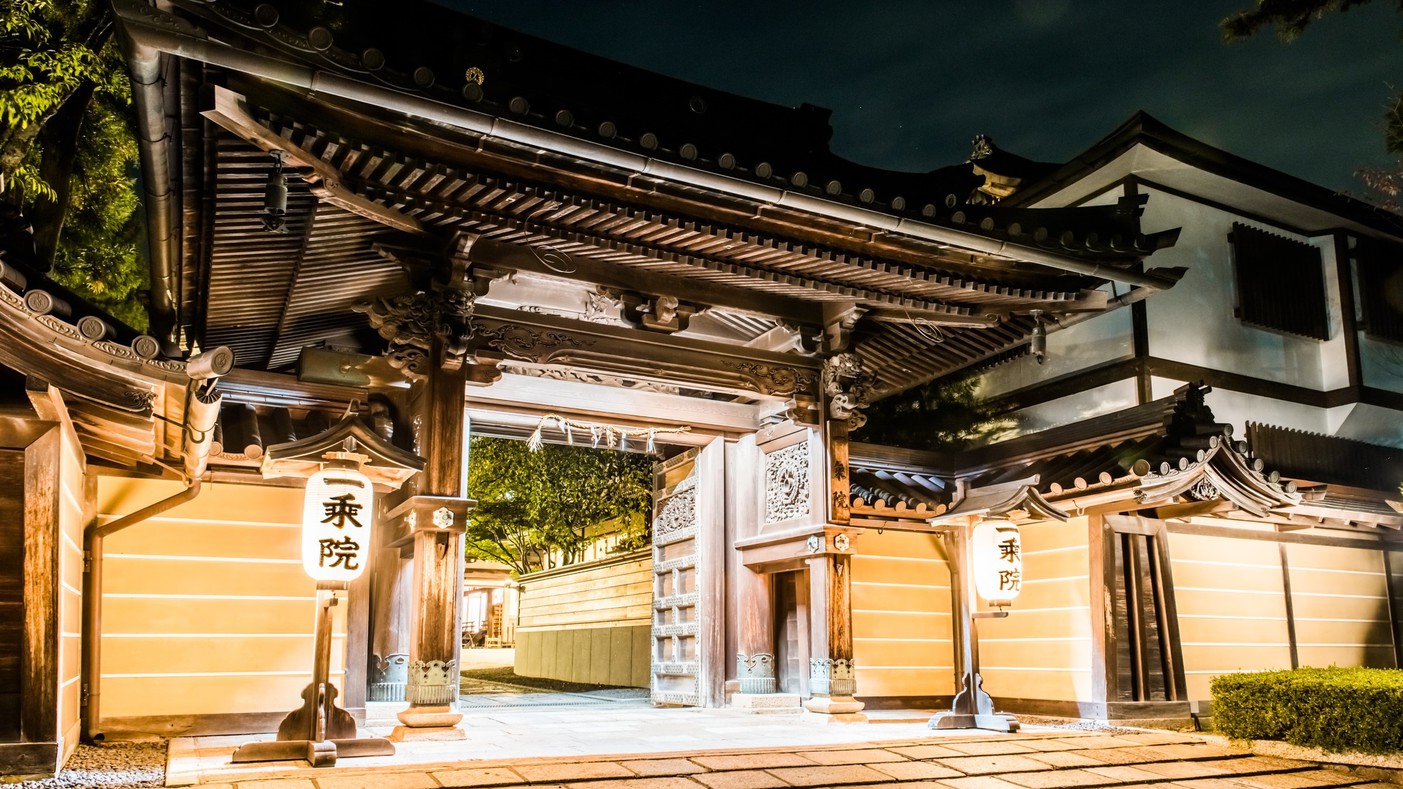

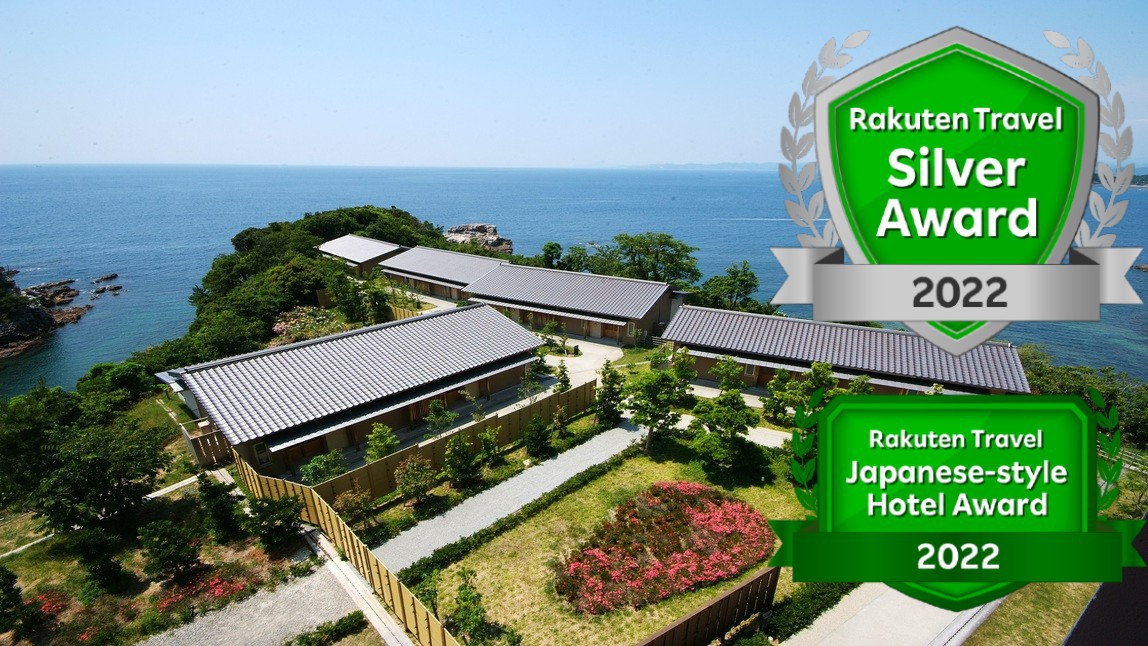
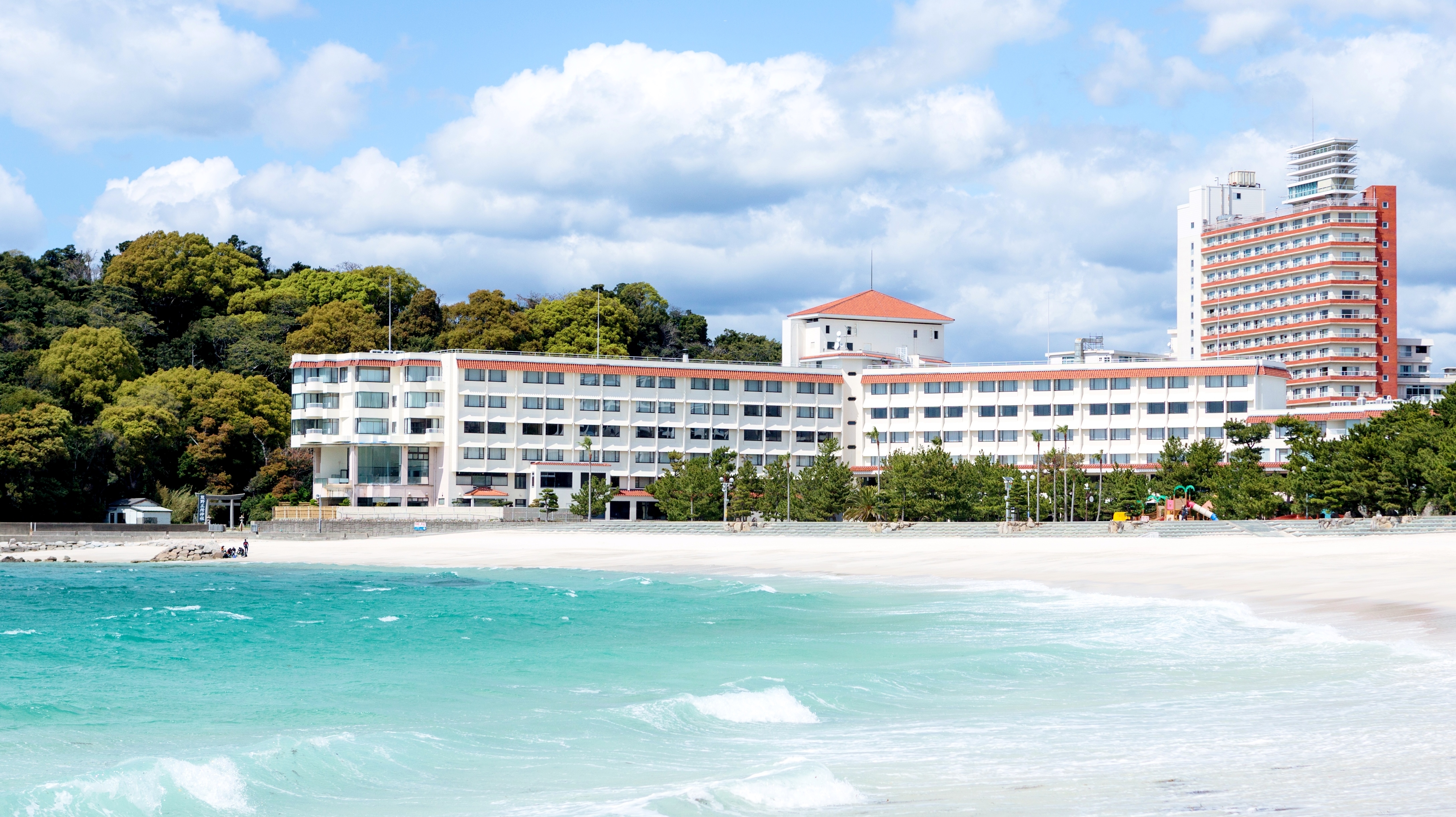
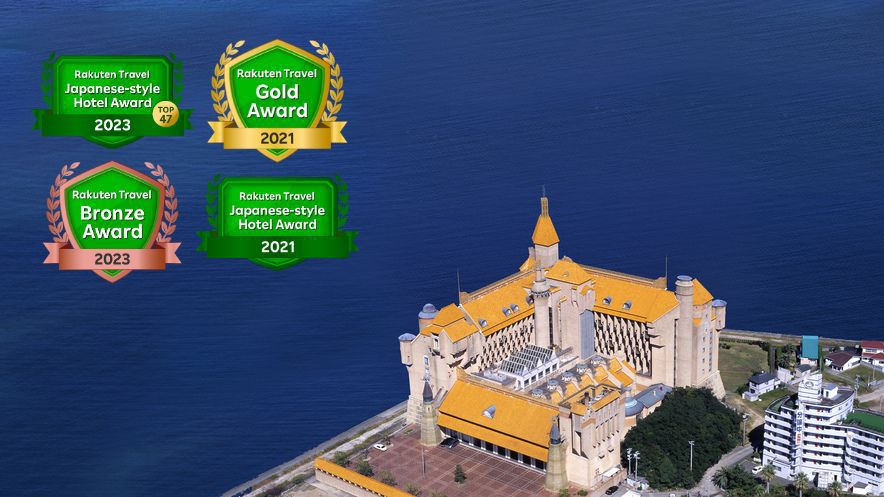

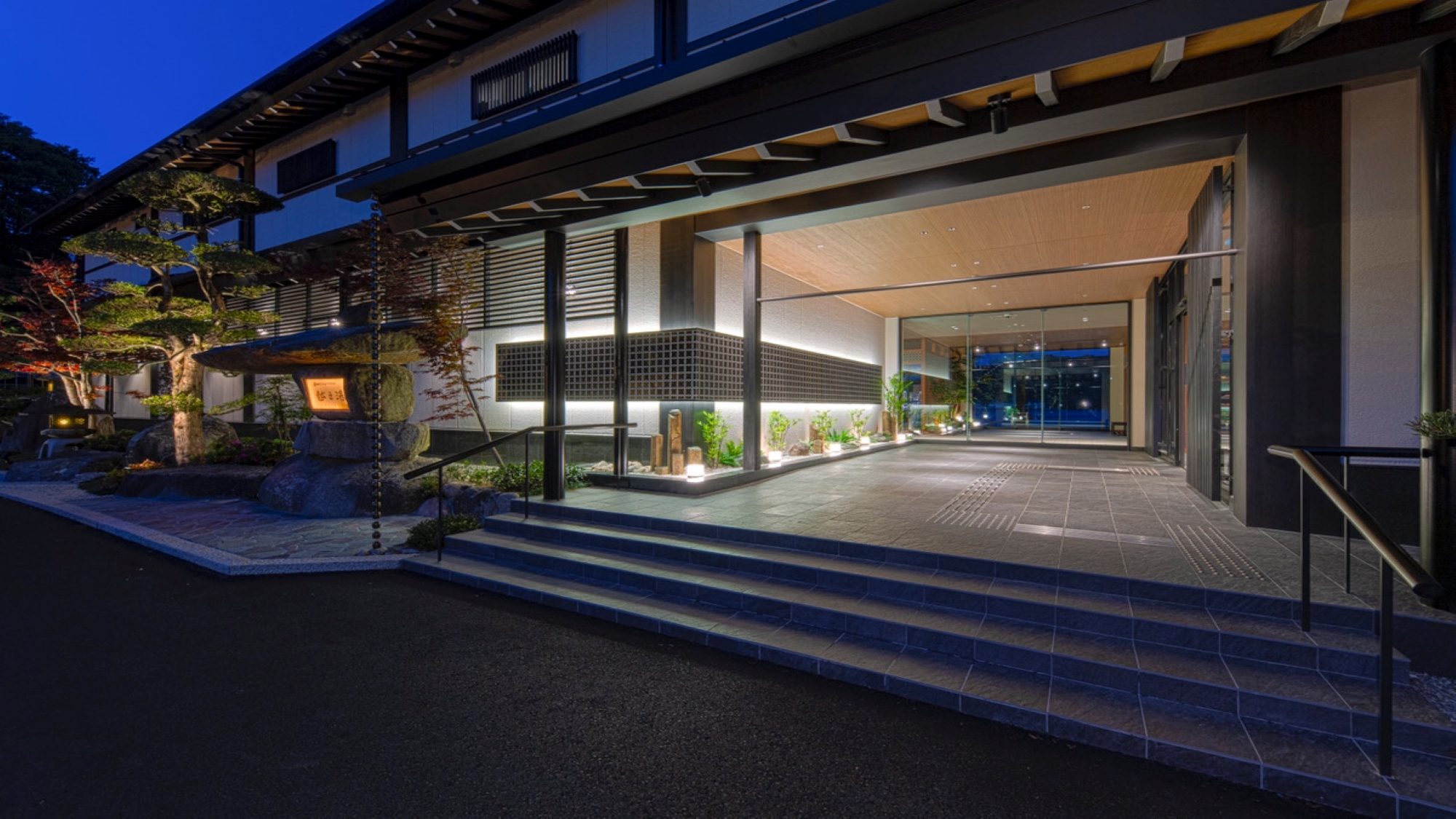
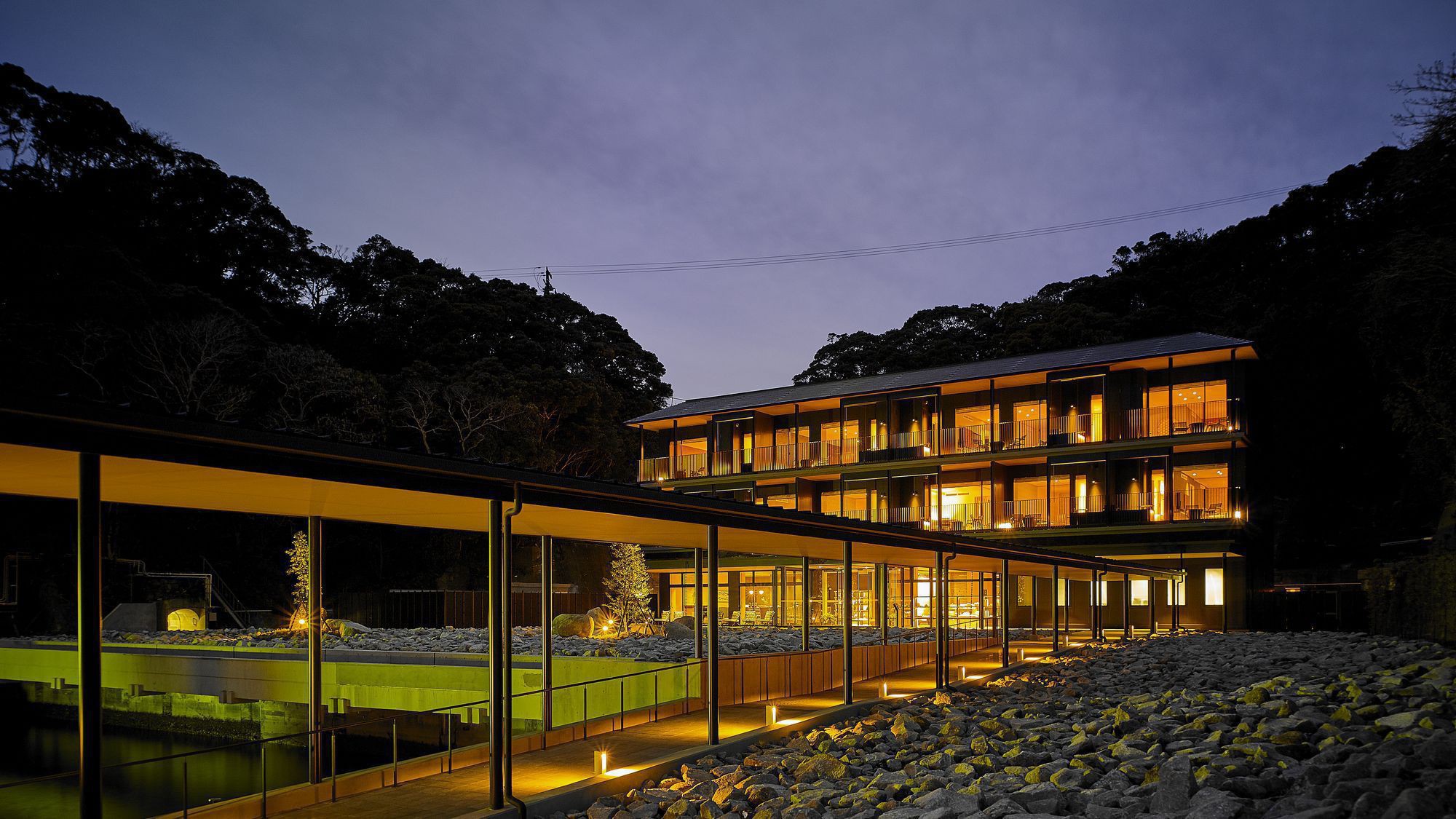

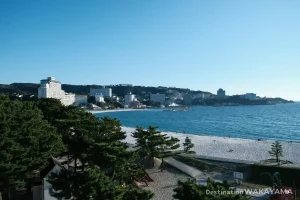
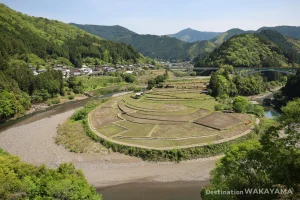
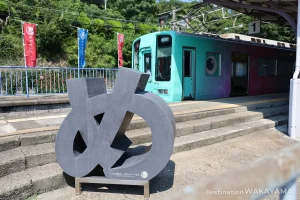

Comments